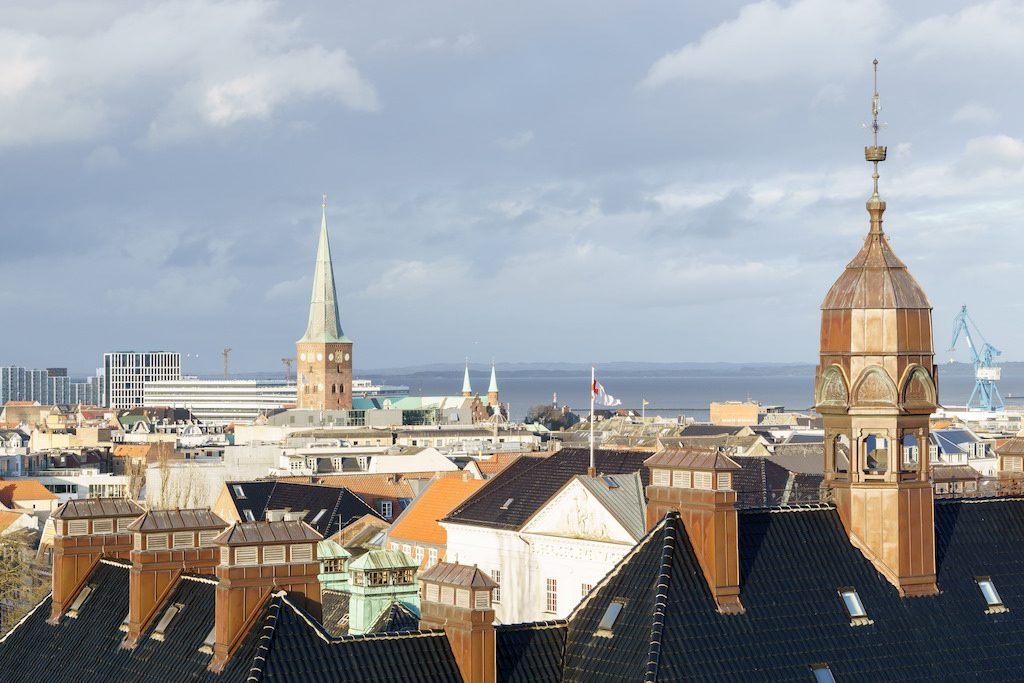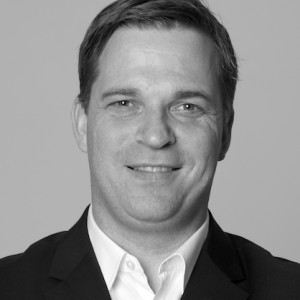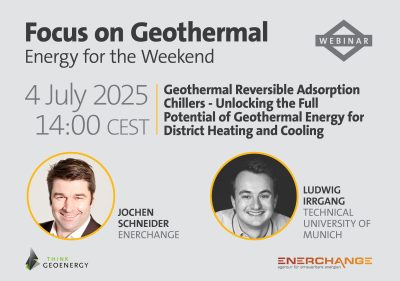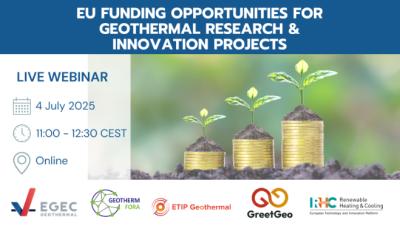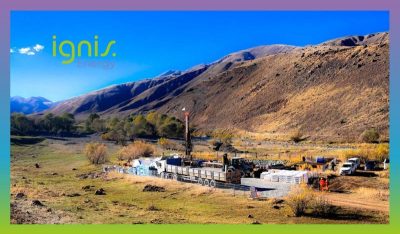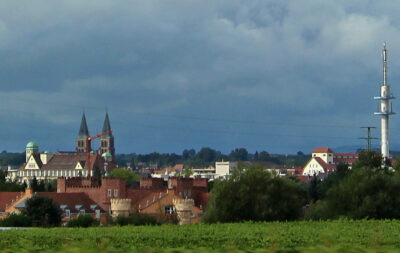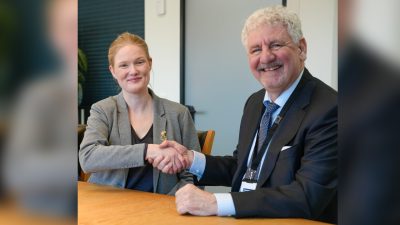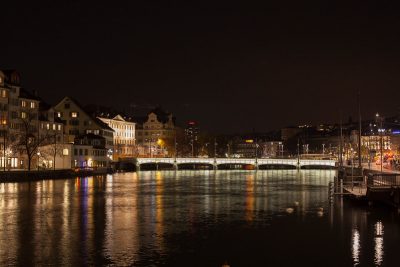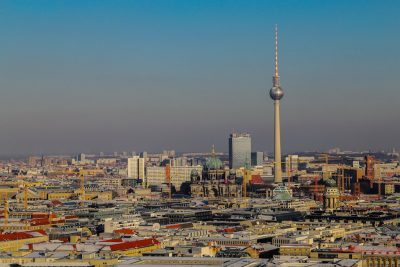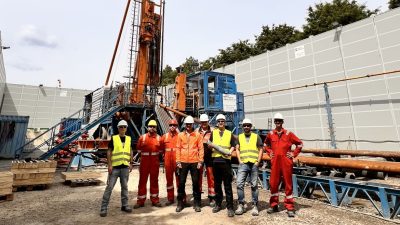Geothermal heating crucial in Denmark’s energy transition
Another passionate piece on how geothermal could contribute to Denmark's energy transition with geothermal district heating.
Geothermal district heating is the best bet for this century’s quantum leap in green energy – but a quick push is needed. Every fifth house in the Danish city of Aarhus could be heated free of CO2 with geothermal energy. The city of Aarhus can lay the foundations for Europe’s largest geothermal district heating plant, but there is a need for a support model for geothermal district heating, points out the director of local heating utility AffaldVarme Aarhus, Bjarne Munk Jensen, in an opinion piece in Danish publication Klimamonitor.
Geothermal district heating can easily become a reality in Aarhus in the foreseeable future. In collaboration with AP Møller Holding A / S, AffaldVarme Aarhus and Aarhus Municipality are working to establish Europe’s largest plant for geothermal district heating. When completed, it can supply every fifth Aarhusian with green renewable district heating.
We firmly believe in the project and we are well on our way to realizing it.
A model for green heat
But the picture does not become a reality without a quick push. As it is right now, geothermal energy is competitive with tax-exempt biomass. But it is not if we look over a 30-year period – partly because of the price of electricity.
As a district heating company, we have a responsibility to ensure that competitiveness, and we can only do so if politicians adopt an electricity price ceiling that reduces the risk of rising electricity prices.
As it is right now, geothermal energy is competitive with tax-exempt biomass.
The wind industry has for many years worked with a model that insures wind turbine owners against low electricity prices.
The model is called ‘ Contract for Difference’ . The state supports at low electricity prices and is conversely compensated when electricity prices are high. In geothermal, the principle is the same – only with the reverse sign. Here you use green electricity to pump the hot water up from the underground.
So if the price of electricity is high, geothermal energy becomes expensive. Therefore, here too there is a need for financial insurance from the state. So if the price of electricity gets high, then the state supports. If the price of electricity is low, then the state gets money from the district heating companies. The model is a really good idea because it makes geothermal energy possible.
At the same time, it makes very good sense for the state to have two models that can cover each other. If the state has to pay for geothermal energy, it will get money for wind – and vice versa. In addition to Contract for Difference , we need a plant support pool to make the district heating network ready for the new technology.
A new chapter in the history of district heating
Right now we are on the threshold of a new age. The district heating must adjust so that in the future we get our heat from renewable energy sources.
As a company, AffaldVarme Aarhus must within the next few years make a decision on what we will do after 2030, when our agreement with Ørsted, on heat from Studstrupværket, expires.
We look at a number of different fuel-free heat sources such as. seawater heat pumps, electric boilers, etc. But no matter how much we establish, there will still be a heat hole that needs to be closed.
If it is not filled with geothermal, then it will be filled with biomass. From the government we hear a clear signal: the biomass must and must only be used in one transition.
AffaldVarme Aarhus hears that call, and would like to contribute to the journey towards renewable forms of energy. But it requires that the framework conditions for geothermal energy be improved.
At the annual geothermal conference, Minister of Climate, Energy and Supply Dan Jørgensen asked, “What does it take for geothermal energy to be a real alternative?”.
AffaldVarme Aarhus would like to answer that. We need a quick push. And we need to know the framework conditions soon so that we can make the right decisions for the future. We need political action now so we can get started.
The next energy adventure
In Aarhus, we have an ambition to heat the houses of Aarhusians with geothermal district heating. But at the same time we have an ambition to mature the technology so that it benefits the whole of Denmark and in the long run abroad.
In the 70s, wind energy flourished, and that adventure really took off when politicians changed the Electricity Tax Act. Since then, the story of wind energy has become a Danish success story with a large international imprint.
We believe that geothermal energy has the same potential. Therefore, we also hope that the politicians will join another energy adventure. We specifically need to look at the framework conditions of geothermal energy in the forthcoming energy negotiations.
We are ready with the ambitions and the technical know-how. But we need a quick push for Denmark to take over the world.
Source: Bjarne Munk Jensen, Director of AffaldVarme Aarhus in Klimamonitor
